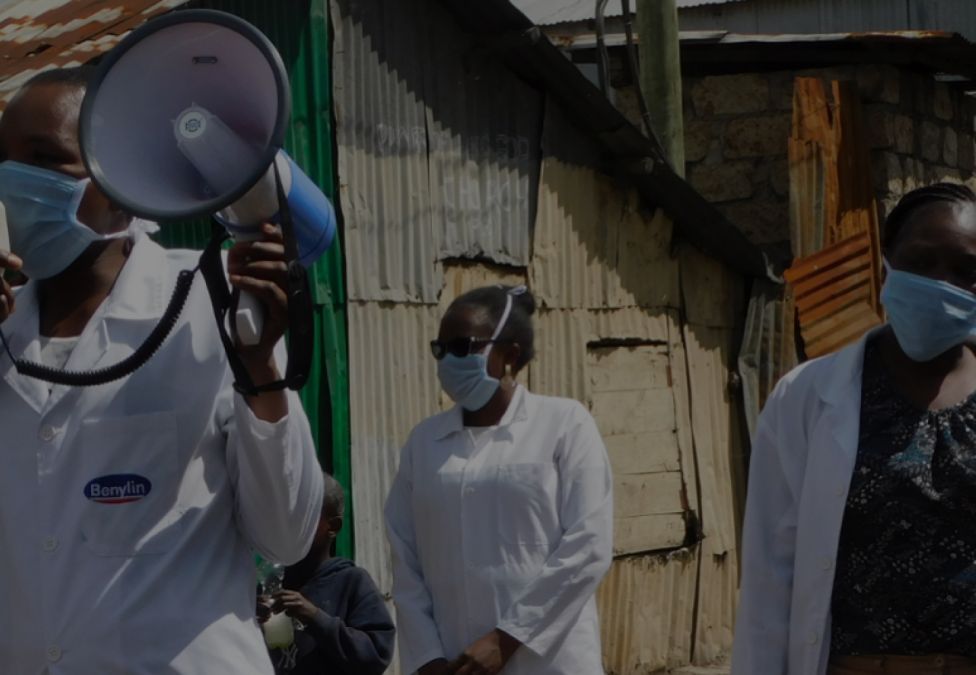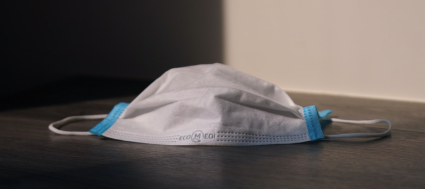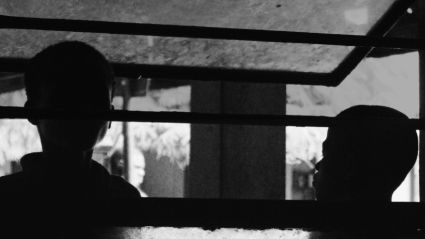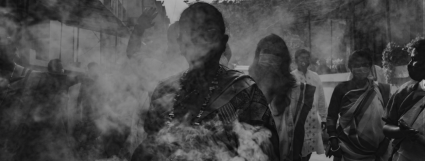
In Kenya, the initial rollout of a consignment of 1 million Oxford-AstraZeneca vaccine has faced several hurdles, including fears about safety and concerns about transparency. Stephanie Wangari reports from Nairobi.
The first consignment of vaccines arrived in Kenya at midnight on March 2, nearly a year after the first coronavirus case was recorded in the country. And in a public show of its importance, Health Cabinet Secretary Mutahi Kagwe personally showed up to receive the one million units of the Oxford-AstraZeneca COVID-19 vaccine upon their arrival at the Jomo Kenyatta International Airport.
Compared to other COVID-19 vaccines, the Oxford-AstraZeneca vaccine is the easiest to store and transport, as it can survive for up to six months at temperatures ranging between 2.2 and 7.7 degrees Celsius. However, it requires two doses to be effective, and the initial consignment was only enough to cover around 2 percent of Kenya’s population. Of this batch, the government announced that 400,000 coronavirus jabs have been set aside for health workers. The remaining vaccines are being distributed to the elderly and those with pre-existing conditions.
In addition to the insufficient supply, there have been a number of challenges getting even these doses to the population. According to public officials and health workers, the initial distribution challenges have included hesitancy about the vaccine’s safety and concerns about transparency. Additionally, while healthcare workers are now receiving priority, many continue to express concerns about their treatment throughout the first year of the pandemic. Public officials have sought to allay these fears, but they have marred initial rollout efforts.
Public Messaging has Sought to Allay Fears About Safety and Concerns About Transparency
Acting Health Director-General Dr. Patrick Amoth became the first individual to take the vaccine in Kenya on Friday, March 5, with the hope that he would allay fears and myths among some Kenyan health workers and the broader population.
Afterwards, Amoth addressed the media saying that he had only had mild, expected side effects such as heaviness in his arm and a slight headache.
“We will offer ourselves to be vaccinated today. Let us portray the correct message to the public,” he said.
Though not yet vaccinated himself, President Uhuru Kenyatta has assured Kenyans that the vaccine passed all the necessary tests and had the blessings of medical experts.
Following the launch at the Kenyatta National Hospital (KNH), the vaccination exercise is set to begin in all county referral hospitals. The Ministry of Health has assured citizens that one national and eight regional modern vaccine depots will handle vaccine storage.
“Over the last decade, the government has scaled up coverage of immunization services from 50 percent to more than 90 percent of health facilities through the procurement and installation of specialized vaccine storage equipment in over 5,000 health facilities,” Health CS Kagwe told the media.
A source from the Ministry who did not want to be quoted by name says that the security of the vaccines is very tight. He says the Ministry is using the Trusted Travel Initiative to account for all the vaccines to help avert corrupt officials from benefiting from vaccination ahead of priority populations.
“The same way we secure the testing for COVID-19 is the same way that we are securing the vaccines,” he says. “Every time someone is vaccinated, a code is generated that is linked to the number of vaccines that we have. If there is a loss, it can be tracked because we know how many vaccines there are and where they are.”
The Vaccine Rollout Comes After Months of Strife Between Government Officials and Healthcare Professionals
At the end of 2020, health workers launched a 70-day strike in a bid to address several grievances. The frontline workers complained of poor working conditions, including stigmatization, withheld salaries, and a lack of Personal Protective Equipment (PPE). They say that a lack of an overall strategy to protect their safety has had significant consequences. As happened around the world, many healthcare workers in Kenya also contracted COVID-19 while in the line of duty.
“We felt abandoned in the face of a major pandemic,” says Rahab Njeri, a medic at KNH.
While some of the health workers consider the vaccine to be a scientific breakthrough, others are apprehensive, arguing that it was developed too quickly unlike other viruses where vaccines were yet to be discovered.
“Some health workers feel unsafe and are skeptical about taking the vaccine due to the potential side effects,” says Mercy Lunani, who works at the ICU at KNH and who contracted COVID-19 during the pandemic.
But others are ready.
Njeri, for one, says, “I’m planning to have the vaccine because I believe it’s safe. The fears I have are not of the immediate side effects but of the future effects since we have not seen any future outcomes so far.” He adds, “I’m sure the government has started with medics in the issuance of vaccines because they want to cover up the mess they made.”
So Far, the Rollout Has Proceeded Unevenly
On the first week that the vaccine was launched, the Ministry of Health managed to vaccinate 9,144 individuals across 40 of Kenya’s 47 counties. This relatively slow rollout was due to safety concerns.
First, Kenya’s vaccine delivery began just as other countries were suspending the use of the Astra Zeneca-Oxford vaccine due to concerns about blood clots. This paused its rollout in Kenya and heightened worries among priority populations.
Similarly, very few health workers have turned out to get the jab, with officials from the Kenya National Union of Nurses pinning the hesitancy on a lack of adequate information and safety concerns.
Kenya’s vaccine task force chairperson, Dr. Willis Akhwale, has stated that the next vaccine shipment, which will contain 2.5 million doses, is expected to arrive by the first week of April. At present, the Ministry aims to vaccinate only 1.2 million individuals in the next three months, while the vast majority of Kenyans will continue to wait.
Hero Image Photo Credit: Victoria Nthence (FLICKR)










